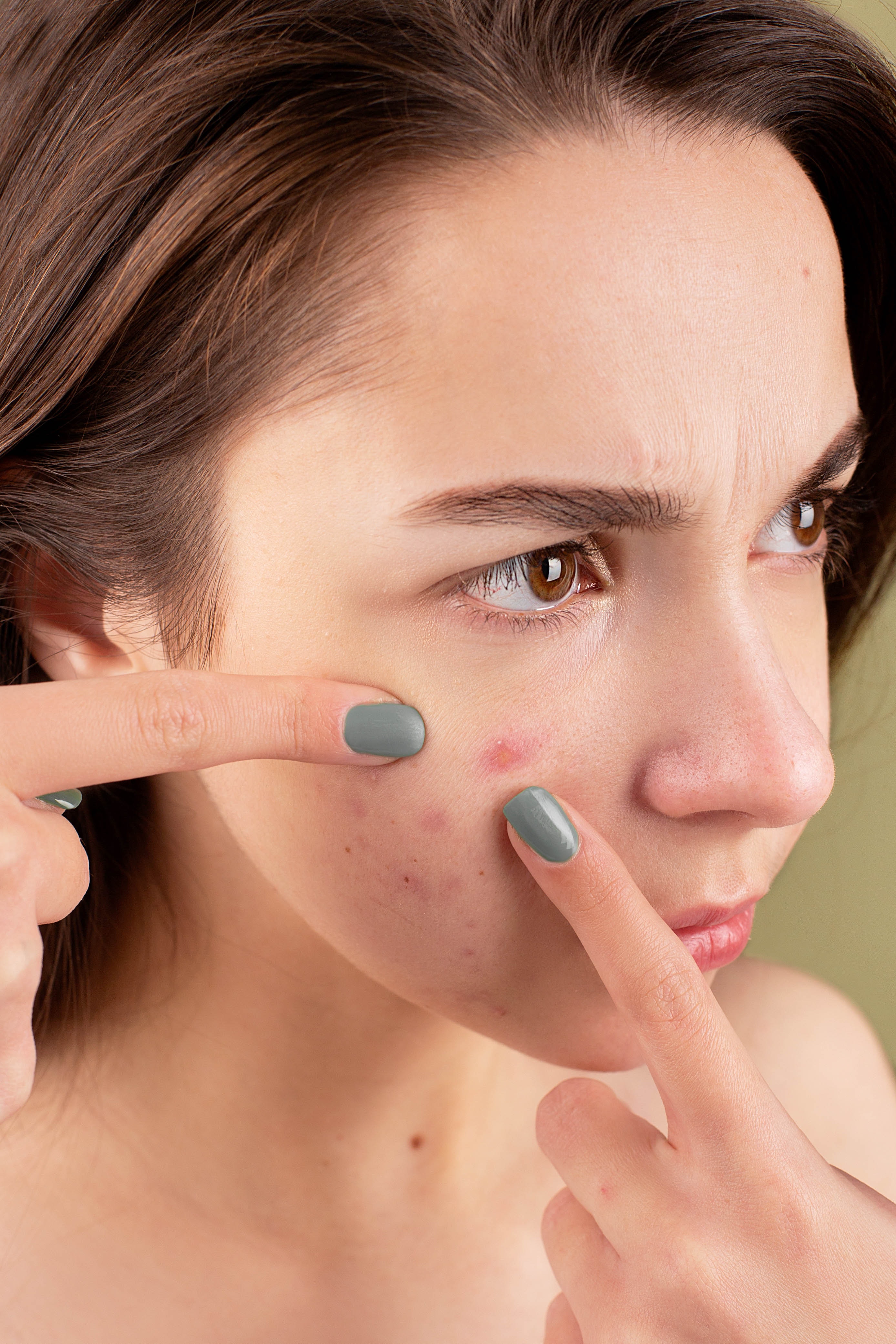Skin & Esthetics
Scars: Types of Scars and Their Treatment
By S.I. (staff writer) , published on May 24, 2022

Medicine Telehealth Health acne scars marks
What is a Scar?
A scar is an area of fibrotic tissue that replaces the normal tissue structure following any disease, injury, trauma, or surgery [1]. It is a physiological process that occurs during the fourth and final phase of wound healing.
How Scars Are Formed?
Scar formation involves the following steps:
- Angiogenesis
- Deposition Of Connective Tissue
- Remodeling Of Connective Tissue
What Are The Signs of Scar Tissue?
- Signs of inflammation such as redness and swelling.
- Throbbing kind of sensation.
- Tenderness or itchiness.
- The range of motion is reduced.
What are the Causes of Scar Formation?
A scar may be caused by any kind of burn injury, insect bite, any previous surgery, chickenpox, piercing, tattooing, severe acne, history of any trauma.
What Are The Types of Scars?
There are different types of scar tissue. Some of the main types of scars are as follows:
- Keloid Scar
- Hypertrophic Scars [2]
- Contractures
- Atrophic Scars
- Stretch Marks
What are the Treatment Options for Scars?
Common scar treatment that is recommended by the dermatologist includes [3]:
- Surgical Procedures:
This is an invasive type of treatment performed by the surgeon to make the scar less visible [4]. This procedure may involve various types of skin procedures.
- Chemical Peels:
In this procedure, a chemical solution is placed over the surface of the scared area [5]. After some time, the peel is removed, a layer is removed that gives a smoother layer of skin.
- Laser Scar Removal:
This procedure involves the use of a particular wavelength of light that will reduce the scar.
- Corticosteroid Injection:
It is mostly used for the treatment of hypertrophic scars and keloid scars. These injections cause the scar to flatten and make the scars smoother and then shrink the scar.
- Cryotherapy:
In this procedure, liquid nitrogen is used to treat keloid scars. The size of the scar is reduced by freezing the top layers of skin.
- Punch Grafts:
Punch grafts are often used to treat acne scars. In this procedure, the scarred skin is removed and is replaced by taking small grafts of skin from other sites of the body.
- Laser Resurfacing:
Laser resurfacing utilizes a high-energy light that destroys the damaged skin.
- Scar Revision Surgery:
This procedure is used to treat large scars. The scared area is removed entirely surgically and the rest of the skin is rejoined.
- Collagen Injections:
In this technique purified collagen is obtained from cows and is injected beneath the skin. It replaces the collagen that has been lost from the body.
- Skin Needling:
In this technique, a small device that is covered with hundreds of tiny needles is rolled across the skin. This technique will help to improve the appearance of a scar.
- Pressure Dressings:
In pressure dressings, elastic stockings or any other stretchy elastic material is used. These dressings are usually used to treat large scars or after surgery. It helps to flatten the scar and makes the scar smoother. These dressing are worn 24 hours a day for several weeks.
References:
- https://www.ncbi.nlm.nih.gov/pmc/articles/PMC1125033/
- https://www.ncbi.nlm.nih.gov/books/NBK470176/
- https://pubmed.ncbi.nlm.nih.gov/16012249/
- https://www.ncbi.nlm.nih.gov/books/NBK542318/
- https://www.ncbi.nlm.nih.gov/pmc/articles/PMC4445894/
Find articles related to: Medicine Telehealth Health acne scars marks
More articles about Skin & Esthetics
Back to the Health Tips Index




